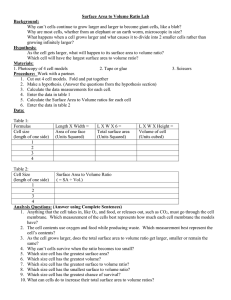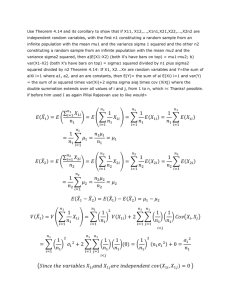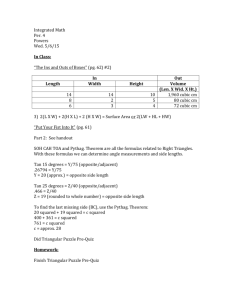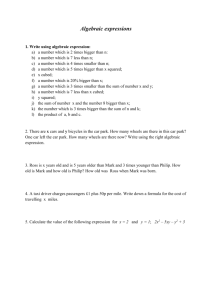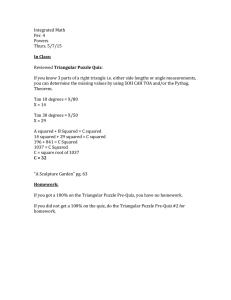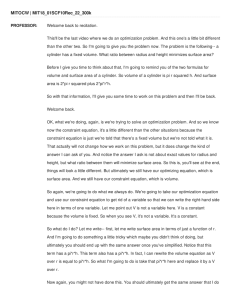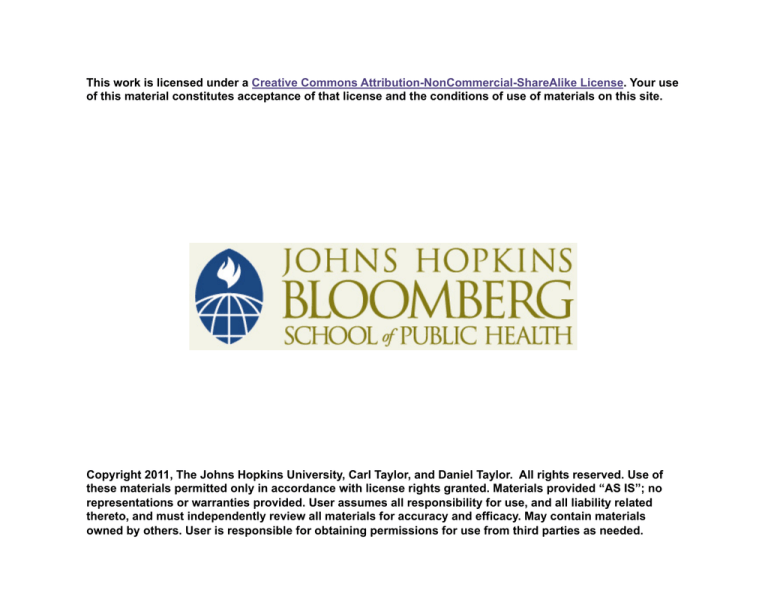
This work is licensed under a Creative Commons Attribution-NonCommercial-ShareAlike License. Your use
of this material constitutes acceptance of that license and the conditions of use of materials on this site.
Copyright 2011, The Johns Hopkins University, Carl Taylor, and Daniel Taylor. All rights reserved. Use of
these materials permitted only in accordance with license rights granted. Materials provided “AS IS”; no
representations or warranties provided. User assumes all responsibility for use, and all liability related
thereto, and must independently review all materials for accuracy and efficacy. May contain materials
owned by others. User is responsible for obtaining permissions for use from third parties as needed.
Section B: Moving onto SCALE
Carl Taylor, MD, MPH, DrPH
Three Dimensions of Going to Scale
SCALE ONE
- Successful Change As Learning Experience (community level,
local expansion)
SCALE SQUARED
- Self-help Centers for Action Learning and Experimentation
(regional network)
SCALE CUBED
- Systems for Collaboration, Adaptive Learning, and Extension
(state, national)
Starting point at any or multiple dimensions depending on who can
best initiate action
3
SCALE ONE Communication
Have a caring and gentle touch: when people are disempowered,
getting started needs a gentle touch, “caring”
Show respect and recognize people’s wisdom as they describe local
realities
Keep questions flowing as people talk about successes and priorities
Create excitement defining vision, fun and hope
- But only if committed to follow-up
4
Simple Rules for Community talk
Start with formal leaders
- Get their trust
- Use a gentle touch
- Cooperate
- Let them complain
Invite all to meetings
- Always focus on women, poor, and low caste
Identify opposing factions/parties and local treasured traditions;
prevent polarization and ultimatums to withdraw
When groups polarize, try to get them to defer a decision: jointly
gather data, test all ideas/options
5
Participatory Methods, Having Fun, Celebrations
Participatory methods, neighborhood mapping, or modeling to
visualize ideal community
Groups (especially youth or mothers) gather data in household
survey
- See community as a whole and bridge factions and difficult
politics
To create group identity and bonding: use songs and games during
workshop training
To preserve treasured cultural values: have celebrations and
dances, eat together
6
Building Community Capacity
Organize a coordinating committee with rotating membership
Identify natural leaders, local indicators, “follow the eyes” in group
meetings
Identify past successes by repeating “you can do it,”
- Problem solving with local resources and practical
demonstrations
Provide practical training of community workers and special
volunteers
Nurture natural resources, traditional organizations, and cultural
heritage
7
SCALE SQUARED
Self-help Centers for Action Learning and Experimentation
- Centers of excellence for ideas, training, money, and
organization
- Quality control for services; standards for management and
performance
- Donors invest funding but do not make showcases or raise
expectations so that communities wait for help or don’t try
- A network of Scale Centers can scale-up exponentially, each in
its own region
8
Experimentation: Community Lab for Regional Priorities
Community members develop natural talents as regional experts
work with outside experts
Regional adaptation to build capacity and protect local cultural
preferences, practices, expertise, and natural and human resources
Community data and surveys reveal successes, hidden problems, and
local causal forces
Options, both in what is done and how
Implementation tested in local multisite field trials for usability and
cost/effectiveness
9
Community Empowerment Needs Empower Mentors
Officials and experts tend to be arrogant and directive:
- Assuming people will do what they are told
- Ignoring and ridiculing community wisdom
Professionals seldom explain things so that ordinary people
understand
- But ordinary people can learn
Mentors take time to help communities solve problems
- Patiently serving as role models for demonstration and practical
learning by doing
Empower mentors transmit skills, wisdom, and values with humility
for a contagion of change in behavior and social norms
10
SCALE CUBED
Systems for Collaboration Adaptive Learning and Extension
- Scaling-up needs supportive policies, laws, regulations, and
financing
- Social mass movements need incentives, financing, and realistic
expectations
- Systems reform gives openings for innovation but controls
excessive greed
- Equity removes exclusion and sets standards challenging those
who have to share and help those in greatest need
11
Sustainable Collaboration
Sustainable collaboration as experts and officials begin to change
values
- Most common obstacle for empowerment is arrogance and
control by experts and officials
- SCALE Squared Centers training in empowered villages helps
develop respect and humility
- Role models show officials and experts that caring attitude
helps their own political futures
- Health teams build capacity as patients and families take
responsibility and show that self-care in homes is cost effective
and sustainable
Future Directions
Future Generations shifting from NGO role to becoming an academic
institution, offering a masters degree in community development
In country programs, we need to do less of project development and
train other NGOs to do SCALE ONE
Future Generations would train others by helping develop SCALE
Squared and Cubed models
13
Your Future Directions
Think about how your organization would move
- If you are an international organization, think about the local
organization
Become an educator more than an implementer
Become an empower mentor
14
John Grant
John Grant was the originator of this social model
15
John Grant
Worked in Ding Xian starting in 1931
Communist expansion crowded them out in 1935
Moved to Calcutta to work under Rockefeller foundation
16
Data to Support the Second-Generation Project
Hydrick in Indonesia
1937 manual
- Report on a program that he did following-up the Ding Xian
experiment
17

